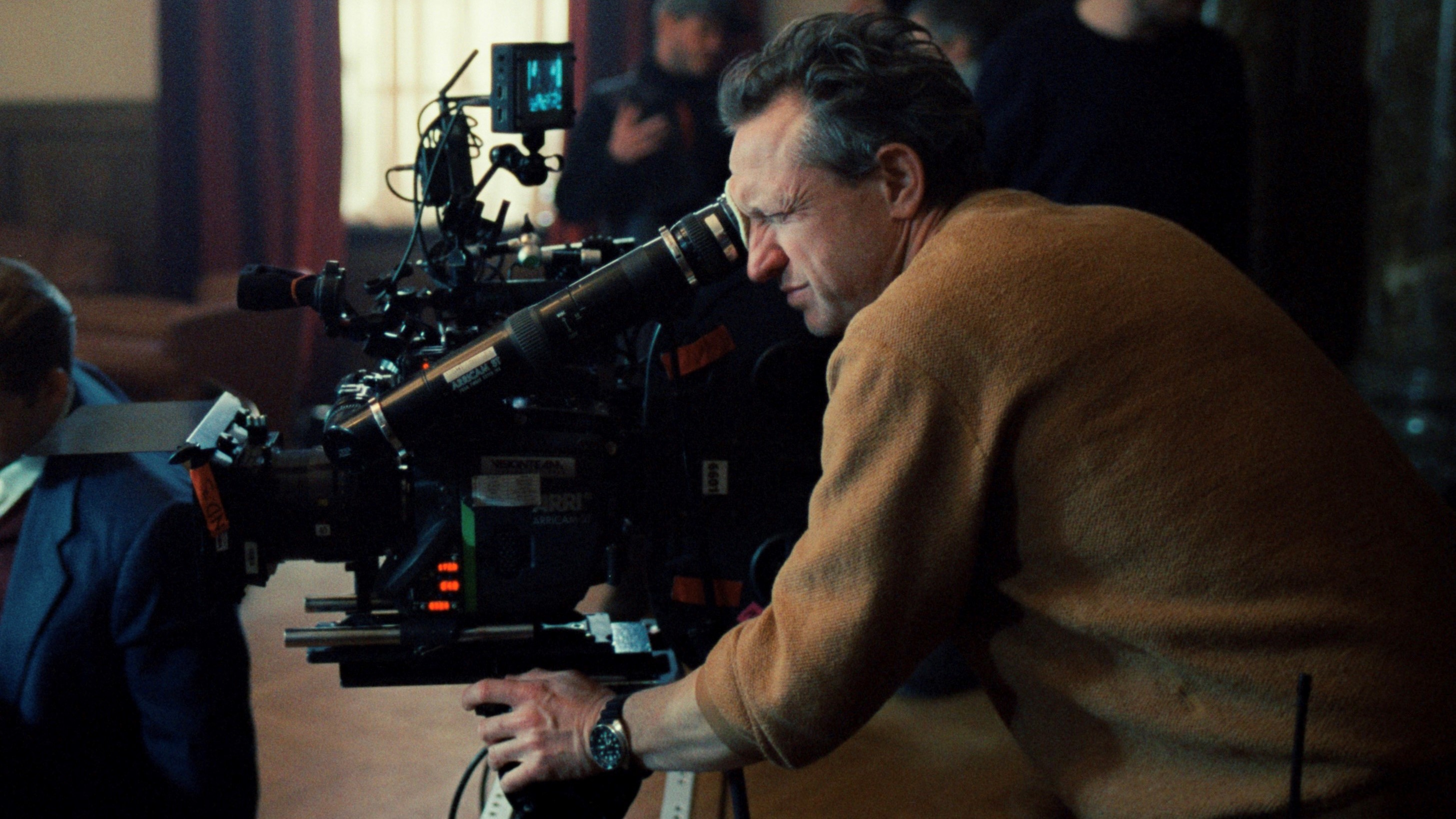Set in a fictional British town hit by devastating flooding, a timely new ITV1/ITVX mystery thriller generated some very specific challenges for the production crew, writes David Davies.
The significant rise in rainfall and major flooding events in the UK is both a story that has been in progress for decades, and one that has also seemingly become much more impactful in relatively recent times. Even a cursory glance at the data leaves one in no doubt about the severity of the problem: according to Met Office data, the UK is more than 7% wetter when comparing the periods 1961-1990 and 1991-2020, whilst the Environment Agency states that over 5.2 million homes and properties in England are at risk from flooding and coastal erosion – although only a third of people living in flood-prone areas actually think their properties are at risk.
With the situation only set to worsen as climate change intensifies...
You are not signed in.
Only registered users can view this article.

Behind the scenes: Squid Game 2
The glossy, candy-coloured design of Squid Game is a huge part of its appeal luring players and audiences alike into a greater heart of darkness.

Behind the scenes: Adolescence
Shooting each episode in a single take is no gimmick but additive to the intensity of Netflix’s latest hard-hitting drama. IBC365 speaks with creator Stephen Graham and director Philip Barantini.

Behind the scenes: Editing Sugar Babies and By Design in Premiere
The editors of theatrical drama By Design and documentary Sugar Babies share details of their work and editing preferences with IBC365.

Behind the scenes: A Complete Unknown
All the talk will be about the remarkable lead performance but creating an environment for Timothee Chalamet to shine is as much down to the subtle camera, nuanced lighting and family on-set atmosphere that DP Phedon Papamichael achieves with regular directing partner James Mangold.

Behind the scenes: The Brutalist
Cinematographer Lol Crawley finds the monumental visual language to capture an artform that is essentially static.



